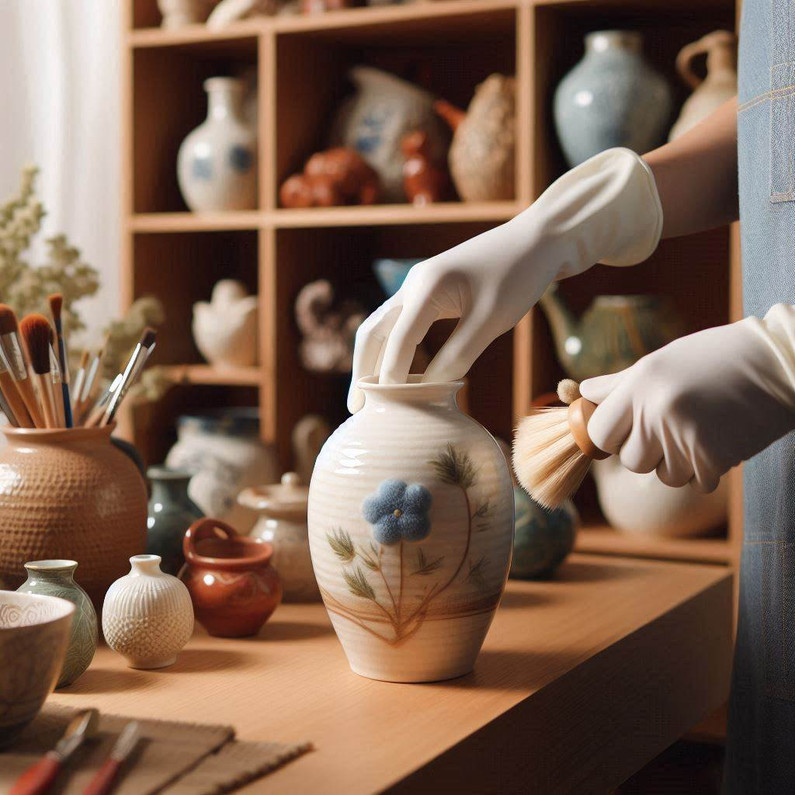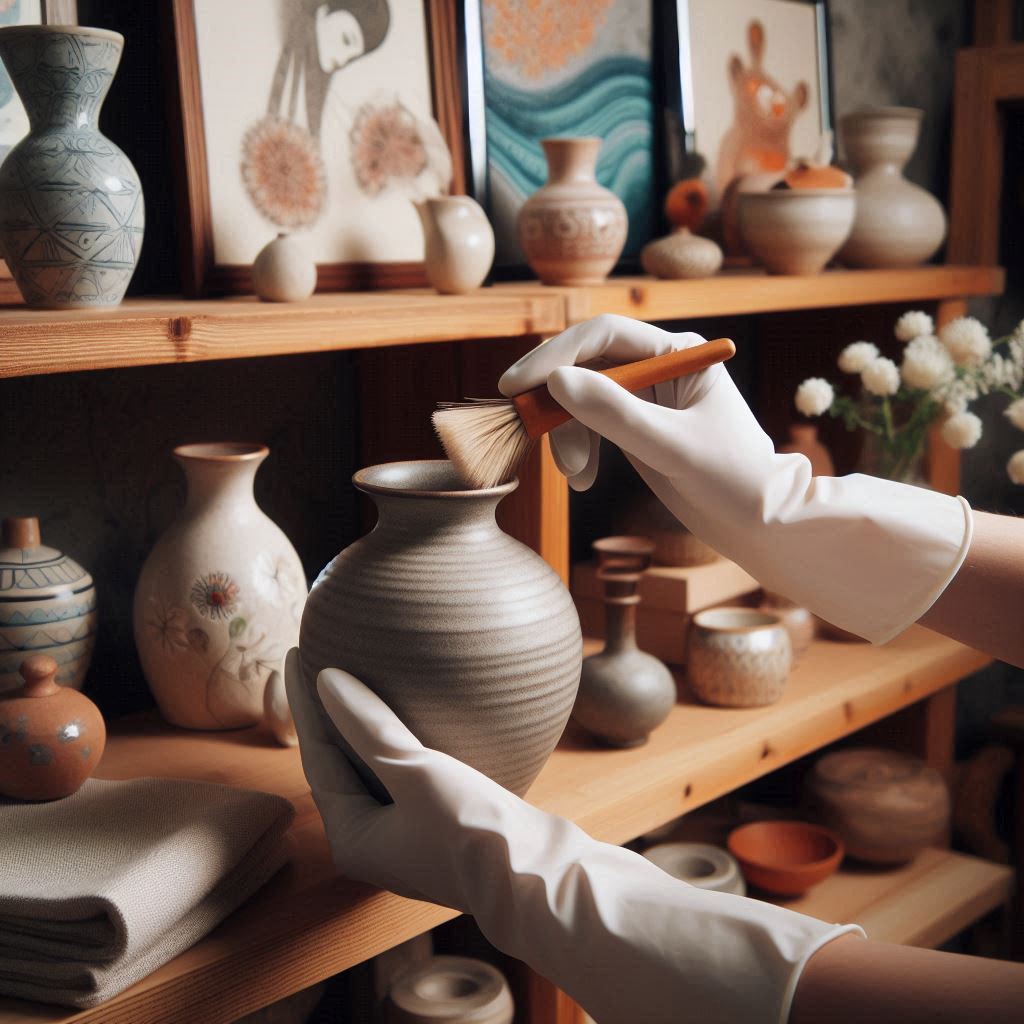How to Protect and Maintain Handicrafts and Artworks
Handicrafts and artworks are not just beautiful additions to our homes but also hold sentimental and cultural value. Whether it’s a handmade ceramic plate, a delicate wooden sculpture, or a vibrant painting, preserving these pieces ensures they last for years and continue to add charm to your space. Proper care and maintenance of these items are essential, as they are often sensitive to environmental factors like dust, humidity, and sunlight. In this blog, we'll explore practical tips on how to protect and maintain your cherished handicrafts and artworks.
1. Keep Away from Direct Sunlight
Sunlight can fade the colors of your artwork and cause the materials to weaken over time. Handcrafted items, especially those made from wood, fabric, or paper, can degrade when exposed to harsh UV rays. Place your handicrafts in shaded areas or use UV-filtering glass for framed pieces to avoid sunlight damage.
2. Control Humidity and Temperature
Handicrafts, especially those made from wood, metal, or fabric, are highly susceptible to humidity. Too much moisture can lead to mold growth, rusting, and warping, while too little humidity can cause cracking or splitting. Maintain a stable indoor environment by using dehumidifiers or air conditioners in more humid regions, and avoid placing your artwork near heat sources like radiators or vents.
3. Dust Regularly
Dust can accumulate quickly on both art and craft items, dulling their appearance and leading to long-term damage. Use a soft microfiber cloth to dust off your items gently. For intricate designs or fragile pieces, use a soft brush or a gentle vacuum with a nozzle attachment to remove dust from hard-to-reach areas without damaging the item.
4. Handle with Care
Whether you're moving a sculpture or adjusting the placement of a wall hanging, handling your handicrafts and artworks with care is critical. Use clean hands or gloves when touching delicate pieces to avoid transferring oils or dirt. Be mindful of the pressure applied to fragile or detailed areas, and ensure that heavier items are always moved with the appropriate support.
5. Use Proper Cleaning Solutions
When it comes to cleaning, not all handicrafts can withstand regular household cleaners. For glass, ceramic, or metal pieces, use a mild detergent diluted with water and a soft cloth. For wood or fabric crafts, avoid water-based solutions altogether. Consider consulting a professional conservator if you're unsure how to clean a particular piece.
6. Rotate Displays Periodically
If you have a large collection of handicrafts or artworks, consider rotating the display to give individual pieces a break from exposure. This strategy also allows you to refresh the look of your space and helps maintain the quality of each item, especially those more vulnerable to environmental damage.
7. Frame or Encase Fragile Items
Framing or casing delicate artworks and handicrafts can provide an extra layer of protection. Choose acid-free mats and backing materials for framed art to prevent discoloration or damage over time. Use glass or acrylic cases for more fragile items to shield them from dust, moisture, and accidental damage while keeping them visible.
8. Store Items Properly
When not on display, make sure your handicrafts and artworks are stored in a controlled environment. Keep them in a cool, dry place away from direct sunlight. Wrap fragile items in acid-free tissue paper or bubble wrap and store them in sturdy boxes. Labeling the boxes helps ensure that each item is handled appropriately during retrieval.
9. Check for Pests
Insects and rodents can cause irreversible damage to textiles, wood, and paper-based handicrafts. Regularly inspect your items and storage areas for signs of pest activity. If you notice any, address the issue promptly using safe pest control methods that won't damage your items.
10. Consult Professionals for Repair
If a handicraft or artwork gets damaged, resist the urge to repair it yourself unless you have expertise in restoration. Professional conservators have the tools and knowledge to restore damaged pieces without compromising their integrity or value.
Conclusion
Protecting and maintaining your handicrafts and artworks can be a rewarding process that ensures your cherished items remain beautiful and intact for years to come. By following these tips, you’ll not only preserve their aesthetic appeal but also protect the cultural and sentimental value they represent. Regular care, along with mindful placement and handling, will allow your collection to be enjoyed by future generations.
Recent Posts
-
Sustainable Splendor: The Eco-Friendly Soul of Handcrafted Art
In an era of fast fashion and mass-produced home decor, the environmental cost of our "stuff" has ne …31st Dec 2025 -
The Art of Diplomacy: Why Handcrafted Heritage is the Language of Dubai’s Protocol
In the world of international relations and government protocol, a gift is never "just a gift." It i …31st Dec 2025 -
The Psychology of Appreciation: Using Bespoke Art to Retain Top Talent in Dubai
In the high-speed corporate environment of Dubai, where the global hunt for talent is relentless, a …31st Dec 2025





